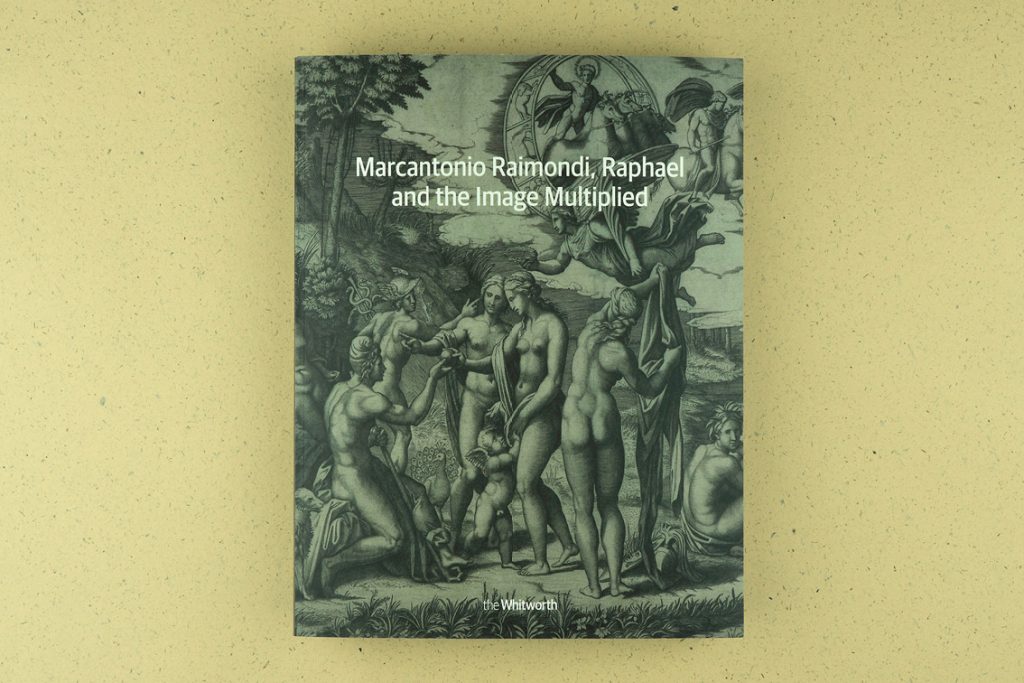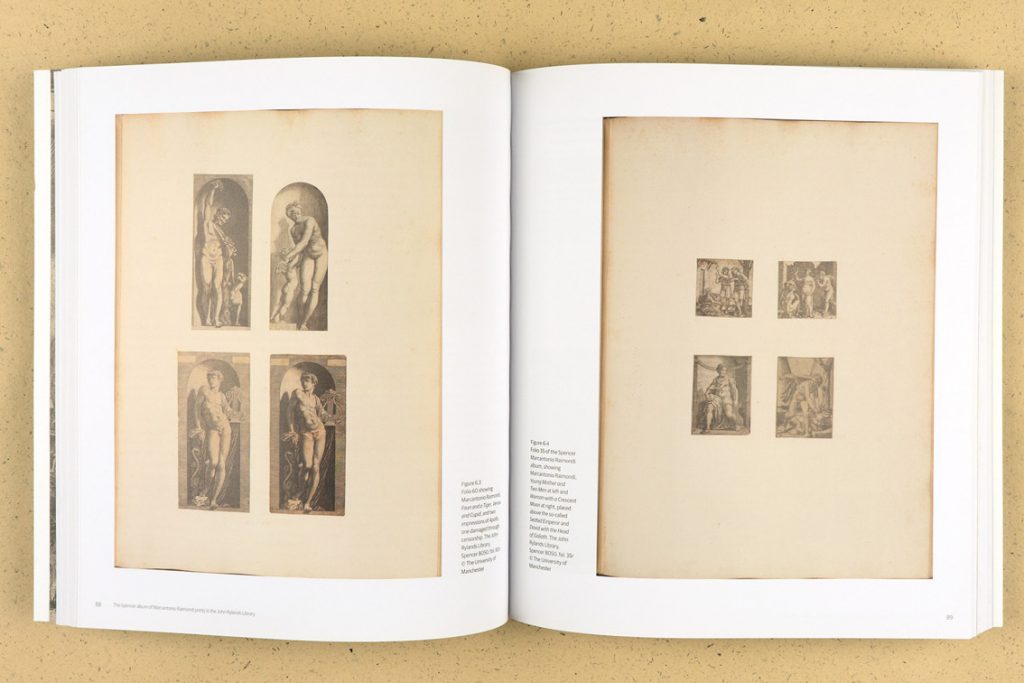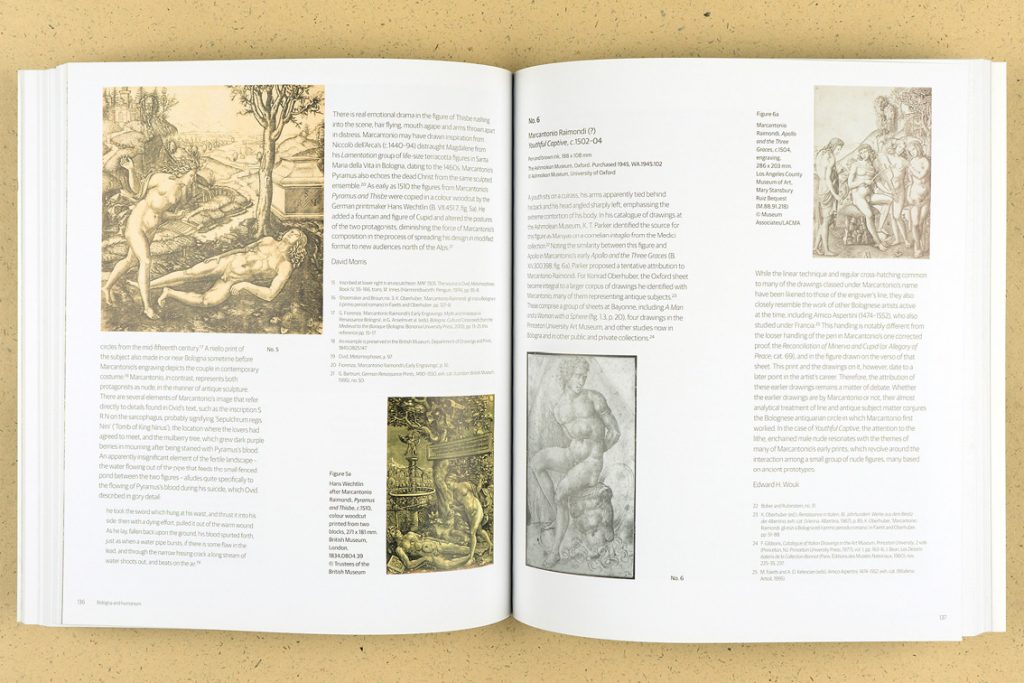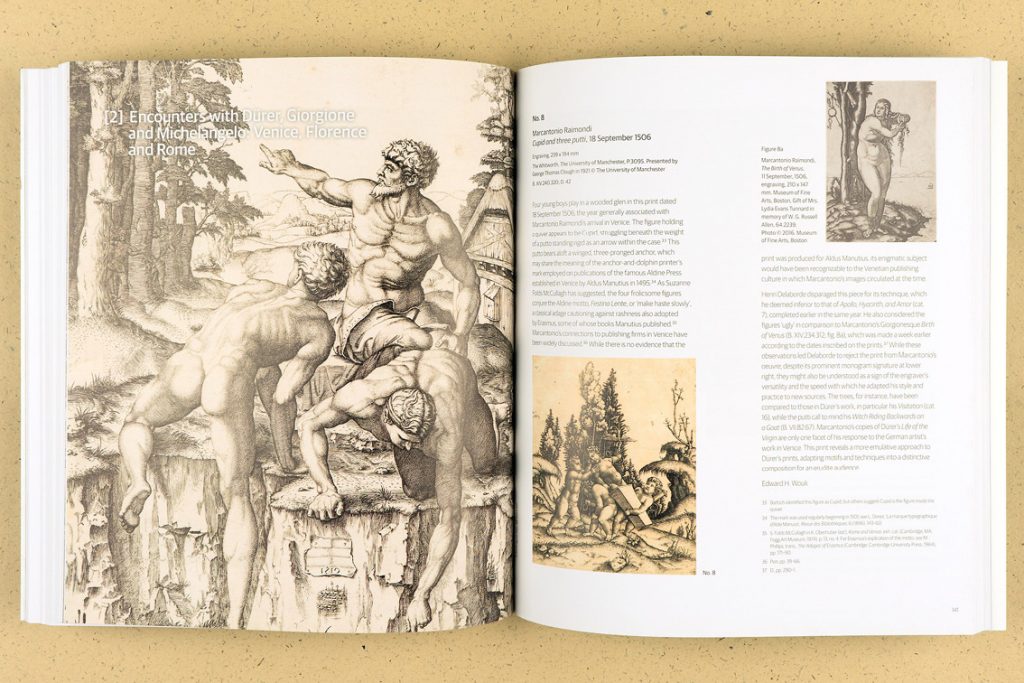Marcantonio Raimondi, Raphael and the Image Multiplied | the Whitworth
Published by Manchester University Press and the Whitworth, this extensively illustrated catalogue to accompany the exhibition features the work of one of the radical originators and innovators of the European tradition of printmaking, Marcantonio Raimondi (c. 1480-c. 1534). Marcantonio was one of the leading printmakers of the Italian Renaissance and is best known for his groundbreaking collaboration with the Renaissance artist Raphael. This is the first Marcantonio Raimondi exhibition for thirty-five years and the first ever in the UK. Axis has also produced two other exhibition publications in this series for the Whitworth.
240pp softback
No. 04 in the Whitworth series
“Best known for his partnership with Raphael, the engraver Marcantonio Raimondi (c. 1480-c. 1534) enabled Renaissance artists to disseminate their designs in print, advancing a revolution in visual communication that still reverberates in our own information age. Yet Marcantonio did more than render compositions by famous artists in the novel medium of engraving. The entries and essays in this catalogue, written by a group of international scholars and published to accompany the first exhibition of Marcantonio’s work in over three decades, reveal the diversity of Marcantonio’s oeuvre and the scope of his innovation as the leading printmaker of the Italian Renaissance. In-depth studies of Marcantonio’s engravings expand our knowledge of his collaboration with Raphael, while also probing Marcantonio’s creative response to the dynamic humanist culture in his native Bologna and later in Venice and Rome. Contributions also examine engravings by Marcantonio’s ‘followers’ and consider the importance of his work to the history of print collecting.” – Manchester University Press






